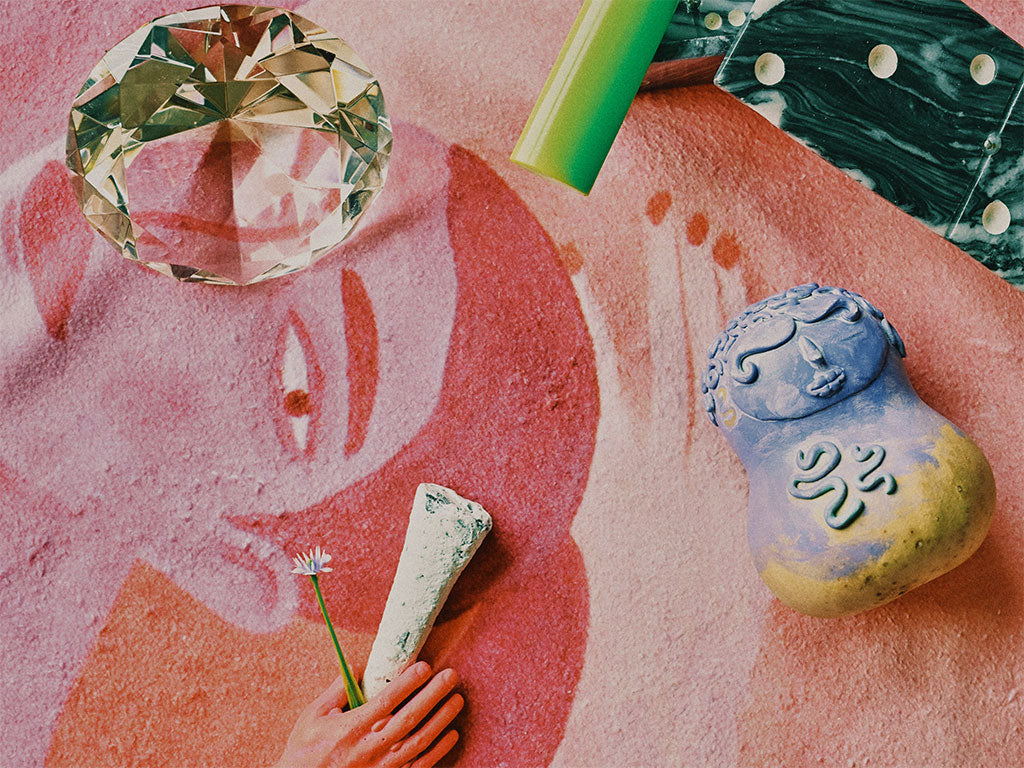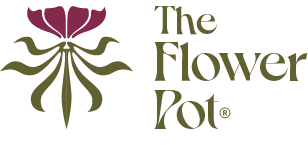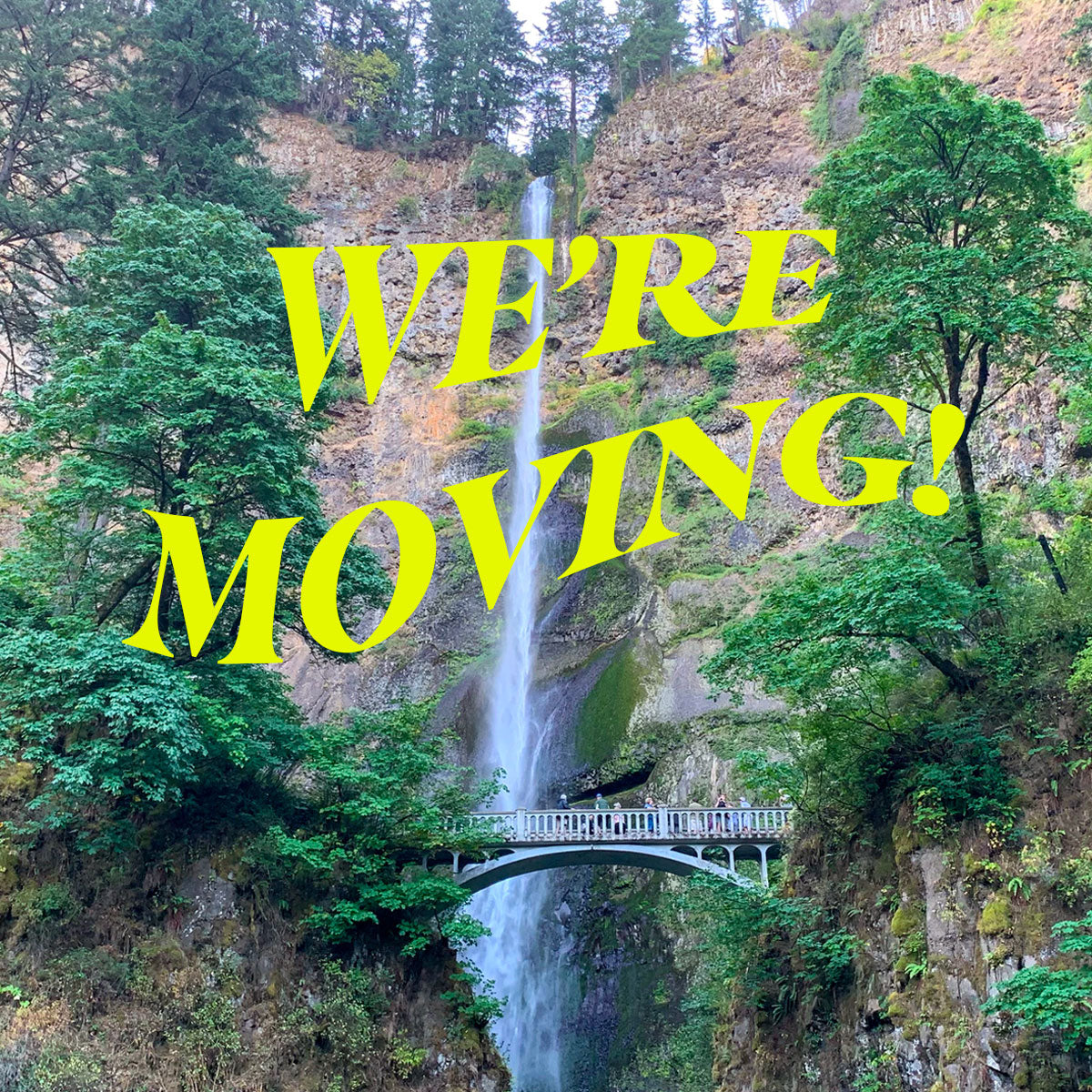
Intergenerational Healing Through Plant-Based Medicine
Our inheritances are a rich, mixed bag of physical and mental experiences that shape who we are and influence the way we live our lives. We know that we inherit things like blue eyes, curly hair, and wonky noses, but science is just starting to establish that we also inherit life experiences – or, at the very least, that the life experiences of our ancestors can make indelible marks on our genes.
While Western medicine has often dismissed the beneficial properties of plant medicine, when it comes to intergenerational healing, plant medicine can bind individuals to more holistic experiences that are currently unavailable through Western care.
Sometimes, the best way to heal is through the medicinal and psychedelic properties of plants.
Read on for our extensive guide on historical uses of plants and psychedelics as well as a primer on plants, a product resource list, and additional resources hand-picked by our team here at The Flower Pot.

Why Plants for Intergenerational Trauma?
The phenomenon of inheriting life experiences is what scientists refer to as epigenetics.
The CDC describes epigenetics as the study of how behavior and environment may affect the way that our genes work. Epigenetic changes don’t cause mutations in genetic coding or sequencing, but they can change the way our bodies read and interpret DNA. It might not sound like it, but there’s some good news here: epigenetic changes are reversible – though it’s not easy.
In the long term, epigenetic changes can have damaging effects on population groups.
The Black community in the United States is one such group. Centuries of oppression, discrimination and trauma has, according to one study, produced neurological changes so profound that they have affected the body’s ability to heal. This contributes to an increased risk of adverse health consequences.
Similarly, the American Psychiatric Association (APA) has found that there is a higher risk for mental health problems within Indigenous Peoples’ communities. This is due to their history of forced relocation, land dispossession, and loss of spiritual practices, languages, and cultures.
However, marginalized communities have historically been able to use plant-based medicine to heal such traumas. Certain plants and practices have been used for centuries, helping to facilitate the transmission of Indigenous knowledge passed down from their ancestors.
Through plant-based medicine, communities that have endured intergenerational trauma may reconnect with their ancestral lineage, amplifying the healing process, and encouraging a stronger cultural connection for all involved.
Common Plants for Trauma Treatment
Ancient psychedelic treatments employ several different forms of plant medicine. Below are a few of the most commonly used plants used to treat trauma.
Ayahuasca
Ayahuasca is a traditional tea that has been used across several different cultures. Mostly found in certain parts of Mesoamerica, the tea is made from brewing plants that contain DMT.
DMT is a psychedelic compound that releases into the brain. It induces cognitive effects that can last minutes or hours depending on the method of ingestion and amount taken.
Ayahuasca roughly translates to “Vine of the Spirits.”
Its psychoactive properties are most notably linked to inducing spiritual experiences and connections.
While ayahuasca brews may vary from shaman to shaman, the spiritual intent is similar. An ayahuasca ceremony attempts to purge any negativity or demons from the body’s system. During this process, participants can experience healing and form kinder relationships with more benevolent spirits.
In studies, ayahuasca has also been shown to successfully treat individuals with severe depression.
As for its role within intergenerational healing, ayahuasca can be used to develop community bonds, celebrate or worship within a group, or induce vision seeking.
Ketamine
Unlike its ancient medicinal plant peers, ketamine is an anesthetic drug that was developed in the 1960s. At that time, it was used to block pain during operations in the Vietnam War.
More recently, it has been used to treat mental disorders.
Ketamine’s psychoactive effects can shift visual and auditory perceptions. Some have reported experiencing conscious dreams, euphoria, dissociation, and feelings of floating.
Though ketamine has not been the subject of as much research as other psychedelic compounds such as LSD or psilocybin, the research that has been done has found that it shares certain characteristics that can help to treat severe trauma.
As a more modern-day approach to psychedelics and plant-based medicine, ketamine is certainly a compound to keep your eye on for intergenerational healing.
San Pedro / Huachuma
Huachuma is one of the most ancient and revered plant teachers. The cactus is found in parts of Columbia, Ecuador, Peru, Bolivia, Chile, and Argentina. Though it’s similar to peyote, San Pedro is considered gentler in comparison and its effects can last a bit longer.
Indigenous groups in Peru have used the San Pedro cactus in their ceremonies for over 3,500 years. Facilitated by an indigenous shaman, Huachuma ceremonies also incorporate dancing and music.
Now used as a means of facilitating spiritual engagement and healing, San Pedro was originally used to diagnose illness.
Early shamans would consume the cactus believing it would allow them to see illness and begin the healing process.
San Pedro is most often compared to ayahuasca.
Ayahuasca is considered the representation of the female within the two sacred master plantsspan style="font-weight: 400;">, while San Pedro represents the male.
San Pedro’s psychedelic healing properties are said to access the heart. It helps the practitioner to let go of the ego and allows for transformations. When used in a group setting, such transformations can facilitate stronger community bonds.
Indigenous Cultures that Use Psychedelics
There are several ancient and indigenous cultures that have utilized psychedelic plants for their healing properties. These time-tested (though not scientifically proven) remedies are gaining a foothold in the public’s understanding of treating trauma. Here are a few of the most well-known examples.
North America
Peyote is a small cactus that can be found near the Rio Grande and in various different spots in Mexico. While Indigenous Mexicans have long utilized the plant as a treatment for physical ailments, peyote’s psychedelic properties have also been at the center of their healing ceremonies.
The peyote ceremony is a healing ceremony that is common amongst Plains tribes.
In a typical peyote ceremony, healers lead individuals in prayer for someone who is suffering from an undiagnosed illness. Participants consume peyote during this ritual to engage in introspective prayer for the sufferer.

Central America
Pre-Mayan cultures documented their use of psychedelic mushrooms. Consuming mushrooms was seen as a means to spiritually connect with the gods.
Used in Aztec rituals, mushrooms would be consumed by the individuals participating. They would dance, sing, or weep while experiencing their own personal visions but remain connected as a collective group.
When these visions passed, the group would discuss them in relation to their cultural history. This drew them closer to one another and to their ancestral lineage.
South America

Indigenous groups in Peru used the San Pedro cactus for long nocturnal ceremonies. Upon completing the ceremony, individuals would be diagnosed with their ailments. Then, they would be sent on a pilgrimage to the Northern Andes mountains.
San Pedro is also considered a “teacher plant.” Its psychedelic properties produce psychedelic experiences that foster deep spiritual introspection.
While similar to Peyote, San Pedro is far gentler on the stomach, earning it the nickname “The Grandfather.” In some cases ayahuasca can cause purging. But with San Pedro, purging is far less common.
Siberia
Indigenous shamans in Siberia have used a red and white spotted mushroom called fly agaric since the 1600s.
Meant to evoke visions of the mushroom spirits, fly agaric and its psychedelic properties also boosted physical endurance. Additionally, this mushroom was used in ceremonies to interpret dreams or memories.
Ceremonial participants who consumed the mushrooms would also try to communicate with the dead. This provided a healing experience for participants to connect with their ancestors.
Africa
Bwiti practitioners in Western Africa have long used iboga as a means of conducting healing or rite of passage ceremonies. Iboga produces long-lasting effects, and participants in these rituals would often experience the surfacing of deeply buried memories or traumas.
Led by a Bwiti spiritual leader, participants of the ceremony would relay their experiences while ultimately seeking ancestral guidance.
Bwiti spiritual leaders are said to have taken a higher dose of iboga than others to commune with the ancestors directly. And as a rite of passage into the religious practice, young men would also partake in a higher dose.
India
The Vedic period in India (1500-500 BCE) saw the consistent use of soma, an unidentified place juice that was utilized during Vedic sacrifices.
Consumed by the priest and the sacrificer, it provided exhilarating hallucinogenic effects meant to strengthen their inherent sense of spirituality.
Plant Healing Practitioners & Magazines
Contemporary organizations that focus on herbal healing and wellness draw upon the same types of ancestral knowledge detailed above.
Interested in learning more? Below are some individuals, organizations, and educational resources for exploring the modern world of plant medicine.
Harriet’s Apothecary
Harriet’s Apothecary is a healing collective that focuses on cultivating space and wellness centers for Black, Indigenous, and People of Color (BIPOC). As an intergenerational collective, Harriet’s Apothecary offers Community Healing Villages and Freedom Schools.
Both initiatives have the intention of drawing from ancient and sacred wisdom. Incorporating plant medicine into their practices, the collective strives to create an accessible healing space for marginalized individuals.
Sacred Vibes Apothecary
Located in the heart of Brooklyn, Sacred Vibes Apothecary is a place for individuals to connect through community. Founded by herbalist Karen Rose, the apothecary utilizes plants in order to connect individuals to their roots.
She also emphasizes the need to understand “wholeness”. Sacred Vibes Apothecary fosters intergenerational and individual healing from trauma by using ancestral knowledge of plant medicine to back the apothecary’s services
LOT XI
LOT XI is a community-based urban apothecary that originated in Compton, CA. At the core of their mission, they incorporate community, social justice, forgiveness, wellbeing, health, spirituality, clarity, growth, self-investment, family, and education.
LOT XI has become a space where herbal products and services are curated for the individual. And the production of their products local farmers and entrepreneurs within the Compton area.
Hood Herbalism
An autonomous and community-based herbal education project, Hood Herbalism seeks to provide online herbal education for BIPOC. They offer various courses that teach participants to reclaim plant knowledge as a holistic form of healing.
Their online platform allows for a more accessible space in which folks can explore and deepen their relationship with plants. Giving BIPOC the tools and basic herbal knowledge necessary to feel supported and grounded, Hood Herbalism remains a pillar for community building.
Jam Haw Herbals
Jam Haw Herbals was founded by Jamesa Hawthorne (they/them), a community herbalist and self-identified Black, queer femme. Their marginalized identity only furthers the organization’s desire to be present in community spaces that pioneer wellness and healing from intergenerational trauma.
The collective creates products that promote ritual understandings of self. And they offer individuals the opportunity to connect with plants as tools for change, support, and wellness.
Broccoli Magazine
A magazine created by two female cannabis lovers, Broccoli focuses on all things cannabis. PIck up an issue for industry insights and to explore the various cultures surrounding plant-based medicine.
As a resource for continued learning, Broccoli can be found at The Flower Pot. So much of plant-based medicine is rooted in cultural history, making them a unique source for one’s continued wellness journey.
Double Blind Magazine
Double Blind is an excellent resource for those looking to step into the world of psychedelics. Explore their website to learn about how plant-based medicines can impact one’s mental and physical health and more.
Double Blind works hard to collaborate with indigenous communities. Their dedication to authenticity means that they take great pains to ensure their publication is community-based. Double Blind can also be found at The Flower Pot.
Even More Resources for Plant-Based Medicine
The world of psychedelic plant-based medicine is vast, so continued education is a must if you want to reap the full benefits that these plants have to offer.
Below are some key organizations that have compiled a list of useful resources we love at The Flower Pot.
Chacruna Institute
Chacruna Institute for Psychedelic Plant Medicines offers public education on psychedelic plants. They seek to bridge the gap between plants’ ceremonial sacred uses and their psychedelic scientific experiences.
They even have a specific space on their website dedicated to further learning. The Chacruna Chronicles are a compilation of original articles from scholars, indigenous practitioners, ethnographers, and leaders within plant medicine communities alike.
Decriminalize California
The California Psilocybin Decriminalization Initiative is a grassroots organization seeking to decriminalize psilocybin or magic mushrooms for medicinal use. Their work highlights the need for plants to be used in therapeutic, spiritual, personal, and religious contexts.
Specifically, they have been a strong advocate for Senate Bill 519 which would decriminalize LSD, ecstasy, and other psychedelics across California as a whole.
With a small selection of recommended books, Decriminalize California also works to provide accessible education. Tracing the history of mycology, psychedelics, drug policy, and politics, their collection certainly provides an intersectional lens in which to view plant-based medicine.
For short reads, below is a selected list of articles. Each discusses a different intersecting topic with psychedelics including racial trauma, psychotherapy, and chemistry.
- The Center for Psychedelic Psychotherapy and Trauma Research
- The Body Keeps the Score: Brain, Mind, and Body in the Healing of Trauma
- My Grandmother's Hands: Racialized Trauma and the Mending of Our Bodies and Hearts
- Good Chemistry: The Science of Connection, from Soul to Psychedelics
While this article is certainly not all-encompassing, we hope that it can at least introduce you to the world of psychedelics and plant-based medicine. Happy healing!






